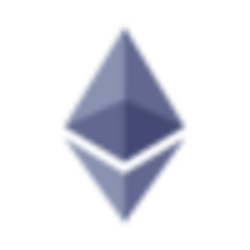Revolutionizing Web 3.0 and GameFi UX with Account Abstraction and Layer-Three Solutions
- The UX problem in Web 3.0 and GameFi is a complex issue that requires innovative solutions.
- Account abstraction and layer-three solutions offer promising advancements in improving user experience.
- These technologies can simplify the process of using DApps, making them more accessible to a broader audience.
Explore the potential of account abstraction and layer-three solutions in revolutionizing the user experience in Web 3.0 and GameFi.
Understanding the UX Problem in Web 3.0 and GameFi
The user experience (UX) in Web 3.0 and GameFi has been a persistent issue. Despite advancements in blockchain technology and the introduction of layer-two solutions, the UX remains a significant barrier for many users. The complexity of using decentralized applications (DApps) and the high transaction fees often deter potential users. However, new technologies like account abstraction could potentially revolutionize the UX in Web 3.0 and GameFi.
Account Abstraction: A Potential Solution
Account abstraction is a technology that separates the wallet from the private key, allowing users to use smart contracts as their accounts. This technology simplifies the process of using DApps, making them more accessible to the average user. With account abstraction, users can set up an account using familiar methods like Google or Apple. Furthermore, it allows users to pay gas fees in any ERC-20 token or link them to their fiat cards, eliminating the need to maintain a sufficient Ethereum balance for transactions. This technology could significantly improve the UX in Web 3.0 and GameFi.
Layer-Three Solutions: The Key to Zero Gas
Another significant barrier in the UX of Web 3.0 and GameFi is the concept of gas. The unpredictable and often high gas fees can deter potential users. Layer-three solutions offer a potential solution to this problem. These are application-specific blockchains built atop existing layer-two Ethereum projects, providing even greater throughput and lower gas fees. By combining layer-three solutions with account abstraction, it’s possible to create a truly free-to-play, play-to-earn experience.
Conclusion
While the UX problem in Web 3.0 and GameFi is complex, technologies like account abstraction and layer-three solutions offer promising solutions. By simplifying the process of using DApps and eliminating the need for gas, these technologies could revolutionize the UX in Web 3.0 and GameFi. As these technologies continue to develop, we could see a new generation of GameFi apps that are as convenient as Web 2.0, but with the added benefits of data ownership.
